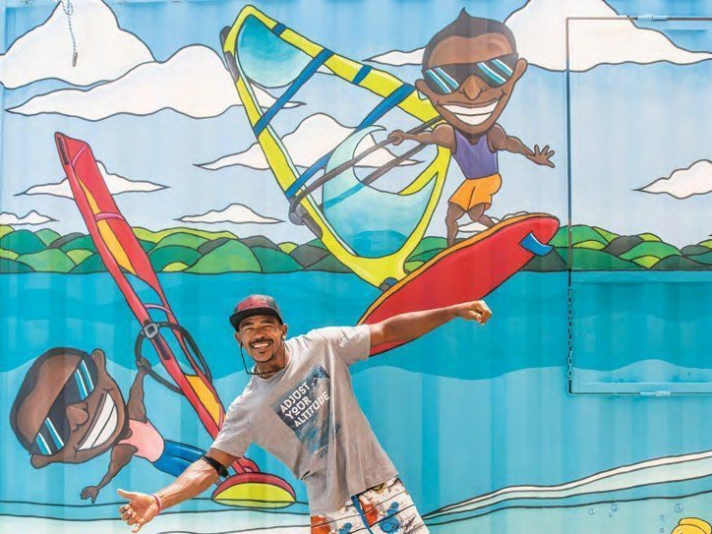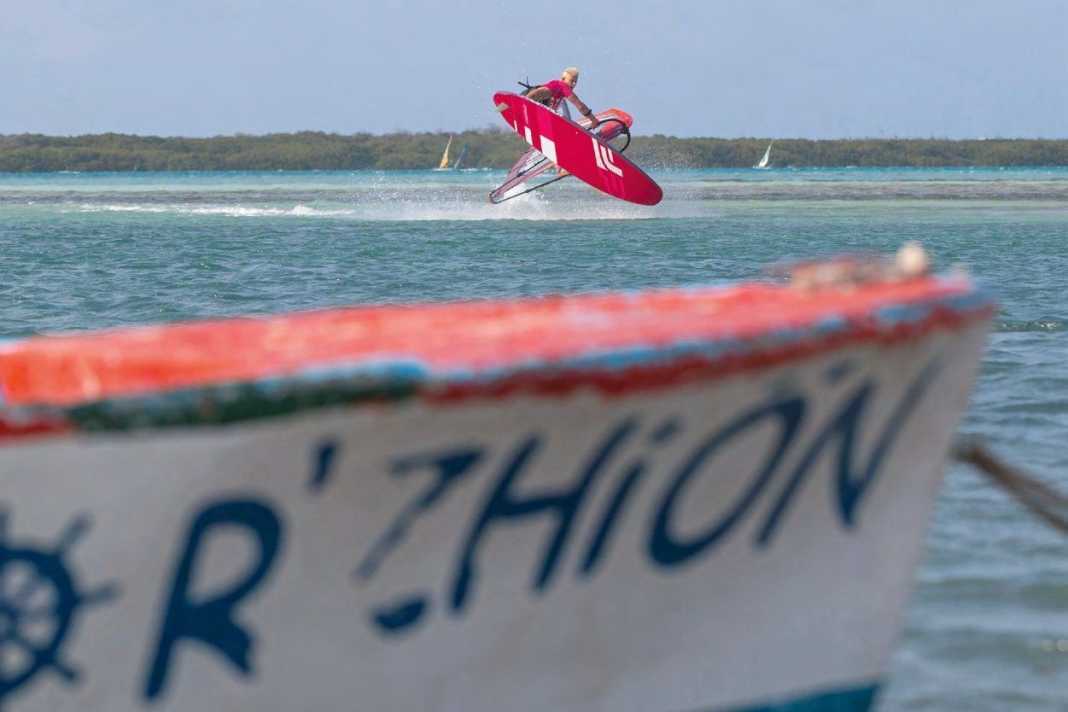





In this article:
Bonaire is also known as a paradise for divers and, apart from the two towns, is actually one large nature park. The Washington Slagbaai National Park is located in the far north, surrounded by several smaller reserves spread across the rest of the island.
If you ask local freestyle world champion Amado Vrieswijk why you should visit his home island of Bonaire, he doesn't have to think twice: "It's a true paradise, and not just for diving. We have steady winds and a turquoise, warm lagoon with waist-deep water. I think there is simply no better place to learn to windsurf comfortably and easily. Bonaire is also great for foiling and waving! There's a real surfing feeling here and the whole atmosphere on the island is very relaxed," enthuses Amado.
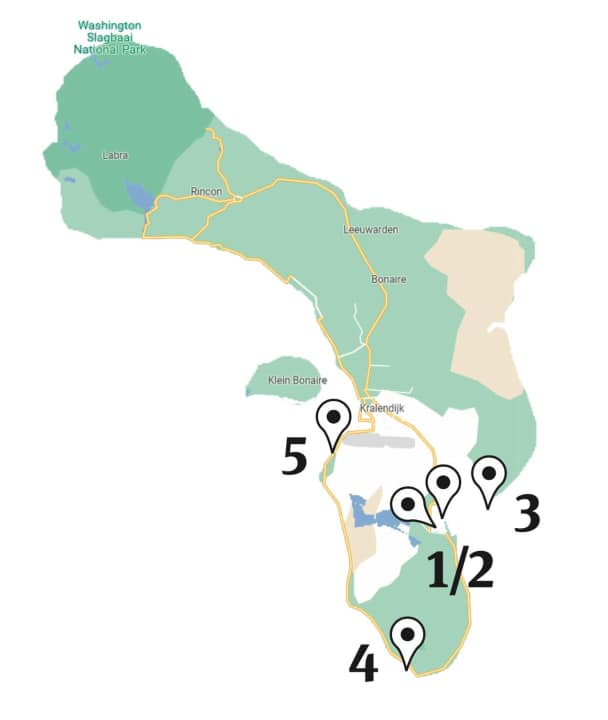
The best windsurfing spots on Bonaire
1. sorobon
The best-known windsurfing spot on Bonaire is Sorobon Beach. The spot is located on the east side of the island, a good ten minutes by car from Kralendijk, on Lac Bay - a large, sheltered bay with a sandy bottom. The wind comes onshore, directly from the sea, undisturbed over the shallow reef into the lagoon and therefore blows constantly as if from a foehn. The water in the southern part of the lagoon (in front of Jibe City station) is only shallow and therefore remains fairly smooth, which makes learning much easier. The edge where the lagoon deepens abruptly in the northern part is clearly recognisable by the darker water colour. Sorobon also has several windsurfing schools where the latest equipment can be hired. Kitesurfing is prohibited throughout Lac Bay.
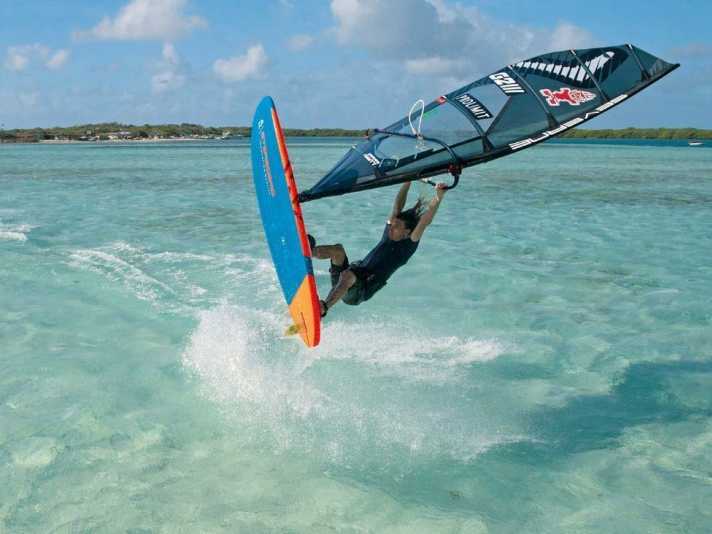
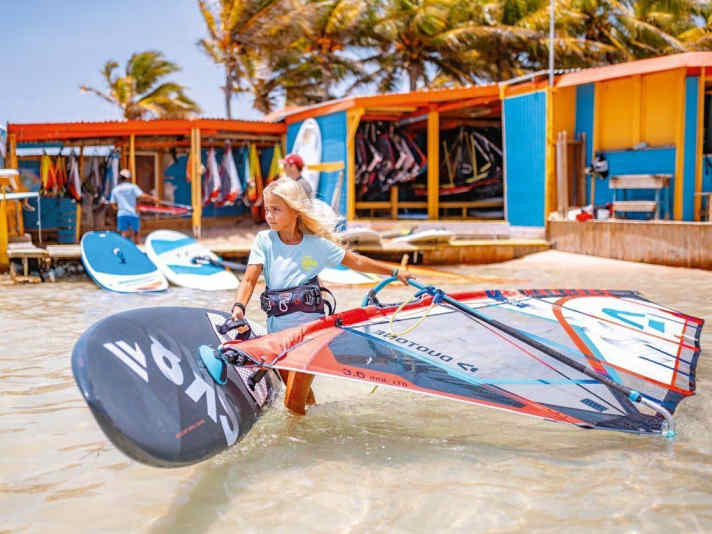
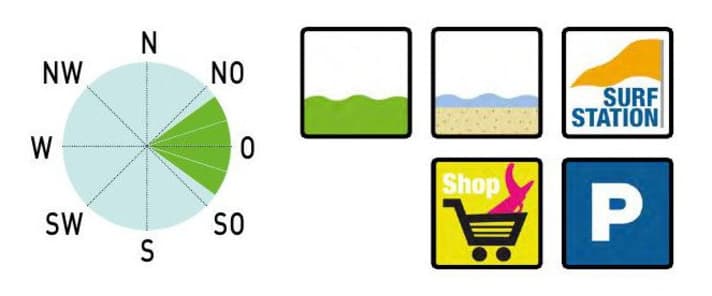
2. pier
A little further to leeward, almost around the corner from the large standing area, the water is deep - but due to the headland and the very shallow area to windward, it remains as smooth as glass. Fishing boats are moored here on a small jetty (hence the name pier). The spot is very popular with freestylers and foilers. However, advanced freeriders who have mastered the water start also like to use the smooth piste to heat up. Taty and Tonky Frans hire out all kinds of equipment (including foils) directly on the water at Frans Paradise. Best in the evening when the wind is a few degrees north.

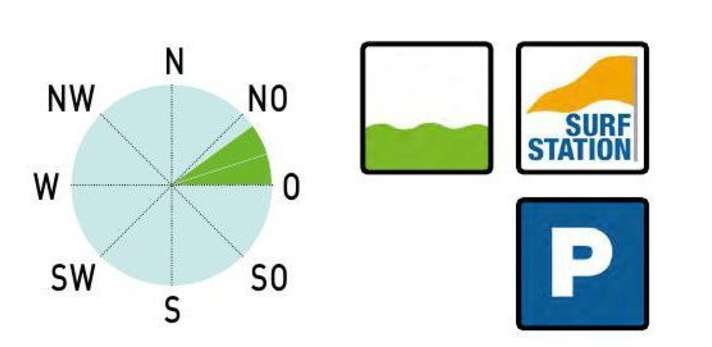
3rd Lac Cai
Lac Cai, or simply Cai as the locals call it, is Bonaire's most famous wave spot and is located upwind of the lagoon at the north-eastern tip. Here, the lagoon is opened up to the sea by an approximately 200 metre wide channel between the end of the reef and the headland of Lac Cai. No waves break in the deep channel. This is where you start - and from there you can take an undisturbed run-up and then shoot yourself high out over one of the breaking waves at the height of the reef. If the wind is blowing at 20 knots or more from the (north) east, it can get pretty wild here. On really good days, the waves can even reach mast height!
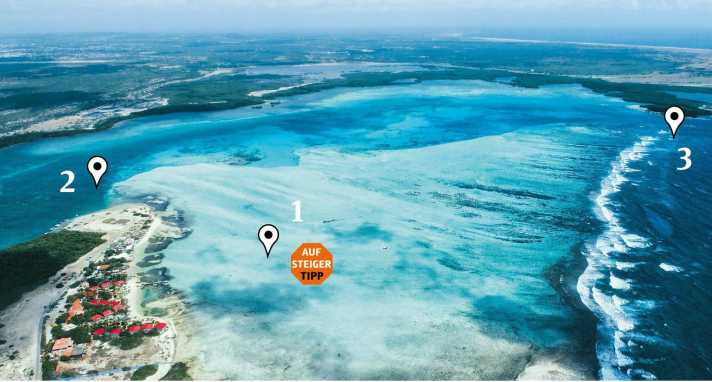
The spot is particularly suitable for jumping and less for riding waves. The current can be quite strong here and the reef can be quite shallow in places. Lac Cai is therefore particularly suitable for advanced surfers. You can either cruise out of the lagoon from Sorobon, with a few strokes hard on the wind through the channel - or take the car round the outside directly onto the headland to Lac Cai Beach. Watch out: The entrance from there is quite rocky and sharp barefoot. SW Do not cross out alone!
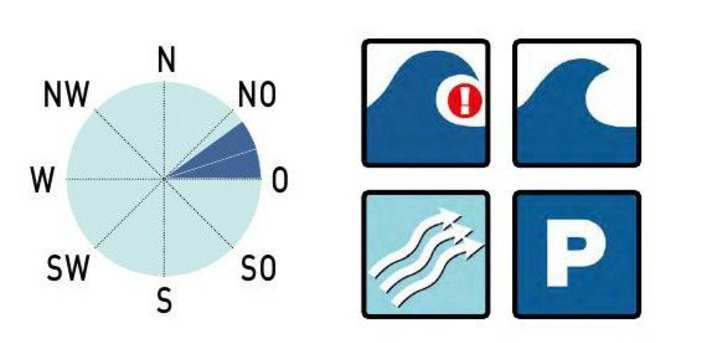
4. red slave
Behind the Flamingo Reserve and the salt pans in the south, you will find the Red Slave Point Break - named after the red slave huts that line the edge of the coastal road. With a southerly swell, you can ride up to four or five turns on one wave here. The wind has to be quite strong so that you have enough pressure in the sail on the inside. Compared to Lac Cai, the wave is much cleaner here. However, the start is a little tricky: there are rocks and sea urchins. However, as the wave doesn't break so powerfully, but rather slowly and orderly, Red Slave - once you're out there - is actually also well suited for wave beginners and first rides.
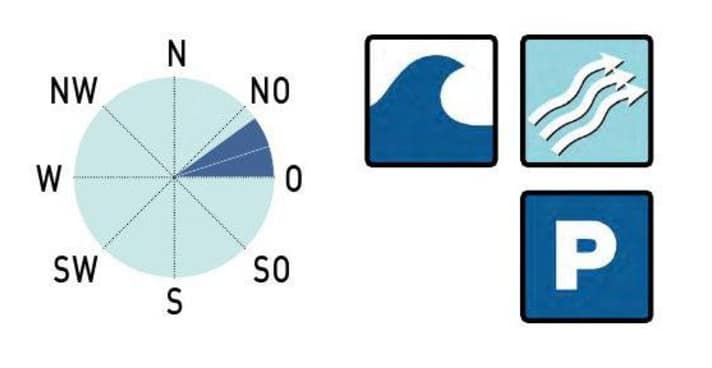
5th Donkey Beach
Donkey Beach near the airport owes its name to the many donkeys that used to hang out on the beach here. The locals also call this beach Playa (after Papiamento Na Playa: in the city). A fitting name, as you literally surf into the town here. The start is sandy and easy, the wind blows diagonally offshore and can be up to ten knots stronger than on the east side of the island in Sorobon due to the thermals. Due to the offshore wind direction and the gusts caused by the town, the spot is not necessarily suitable for beginners and intermediates - they are by far best off on Bonaire in Sorobon and the shallow lagoon.
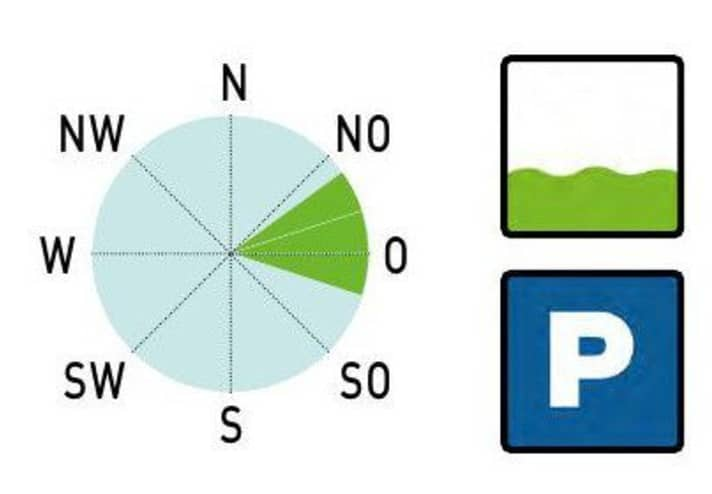
Eating, drinking and partying (Amado's tips)
The tastiest bakery, the coolest ice cream parlour, the best steakhouse on Bonaire? Amado knows them all, but he rarely goes there anymore - as he follows a strict diet to maintain his ideal racing weight for the foil competitions. Nevertheless, with the help of his girlfriend, he reveals a few of the island's culinary highlights: "You should generally eat at the small local stalls and food trucks on Bonaire.
- Maiky Snack for example, on the dirt road on the way from Sorobon to the city. These are the places where the locals eat, and you can get dishes such as fresh fish, goat, iguana and funchi hasá, which is a type of fritter made from cornflour.
- If you like it more chic, go to the Ocean Oasisa beach club with lounge beds, palm trees and cocktails. Not really my style, but if you go on holiday here, you have to have been there according to my girlfriend.
- Thursday evening is salsa night at the Cuba on the Wilhelminaplein. You eat late, around 8 pm, then it's party time. The same goes for Bon Tapa on Friday evening.
- Sushi lovers should visit Sakuradirectly on the water in Kralendijk or Osaka a little further into the city centre.
- If you should ever drive over to Rincon, don't forget to stop at Posada Para Mira stop - the food is similar to Maiky Snack, but really local and also nice to sit down to."
Additional information about Bonaire
Nature fee
The sea around Bonaire is a nature reserve: the Bonaire National Marina Park. If you want to use the sea, for example for windsurfing, you have to pay the nature fee. You can do this on the website of STINAPA an organisation that is responsible for nature conservation on Bonaire. An e-ticket is personalised and valid for one calendar year.
Tour operators and surf centres
- Tour operator Surf and Action and Sun and Fun
- Dunkerbeck Pro Centre
- Jibe City Surf Centre
- Frans Paradise
And here, too, you will find the extensive website of the Tourist information offices Bonaire structured overviews of accommodation, car hire offers, things to do - and everything else you need for a successful stay on the island, apart from windsurfing.
